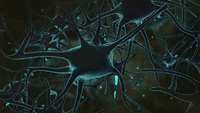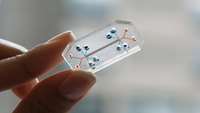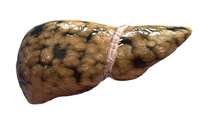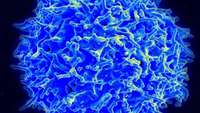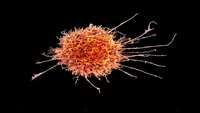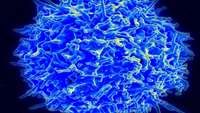Human blood cells transformed into functional neurons
Human immune cells in blood can be converted directly into functional neurons in the laboratory in about three weeks with the addition of just four proteins, researchers at the Stanford University School of Medicine have found.
Lung-on-a-chip simulates pulmonary fibrosis
Developing new medicines to treat pulmonary fibrosis, one of the most common and serious forms of lung disease, is not easy.
Fatty liver disease research set to benefit from stem cell advance
Scientists have developed a lab-based system for studying the most common type of liver disease, paving the way for research into new therapies.
Kite Partners with Dutch Biotech to Develop a New Form of CAR-T Therapy
Approved just last year, CAR-T cell therapy is offering hope to patients with severe forms of blood cancer. The developer of one of only two CAR-T therapies currently in the market, Kite, has partnered with the Dutch Gadeta in order to support the development of a new type of CAR-T cells with several advantages.
Some blood stem cells are better than others
In your body, blood stem cells produce approximately 10 billion new white blood cells, which are also known as immune cells, each and every day.
PNA gene editing technique cures beta-thalassemia in utero
Researchers have for the first time used a gene editing technique to successfully cure a genetic condition in a mouse model. Their findings present a promising new avenue for research into treating genetic conditions during foetal development.
Researchers identify protein essential for making stem cells
Researchers at the School of Medicine have identified a new protein critical to the production of induced pluripotent stem cells, or iPS cells
Natural Killer Cells May Offer a Better Cancer Treatment Than CAR-T
More than a century ago, William Coley, a surgical oncologist from New York City, had the seemingly crazy notion that the body has an immune system that can be harnessed to fight cancer.
Virus-free CRISPR could mean faster, more precise gene editing for T-cell therapies
A team from the University of California, San Francisco, devised a new electroporation-based CRISPR-Cas9 method, eliminating viruses from the gene editing process and laying the groundwork for safer, more precise and more efficient editing for CAR-T cancer treatments and other cell therapies.
Stem cell mutations linked to hydrocephalus
Hydrocephalus is characterized by a dangerous buildup of pressure on the brain caused by excessive amounts of fluid.


